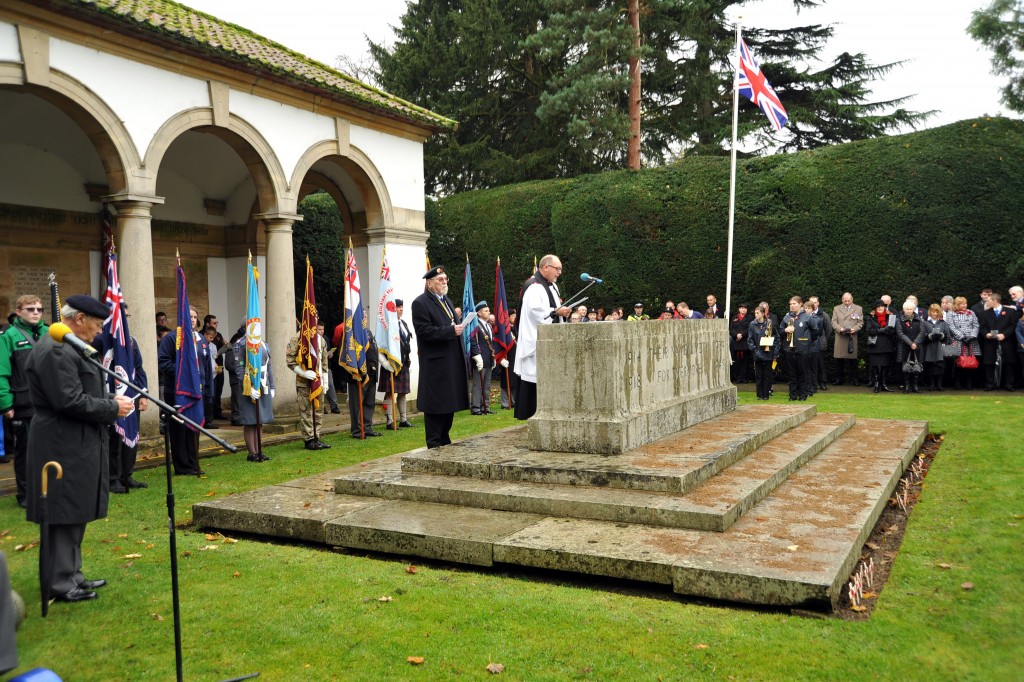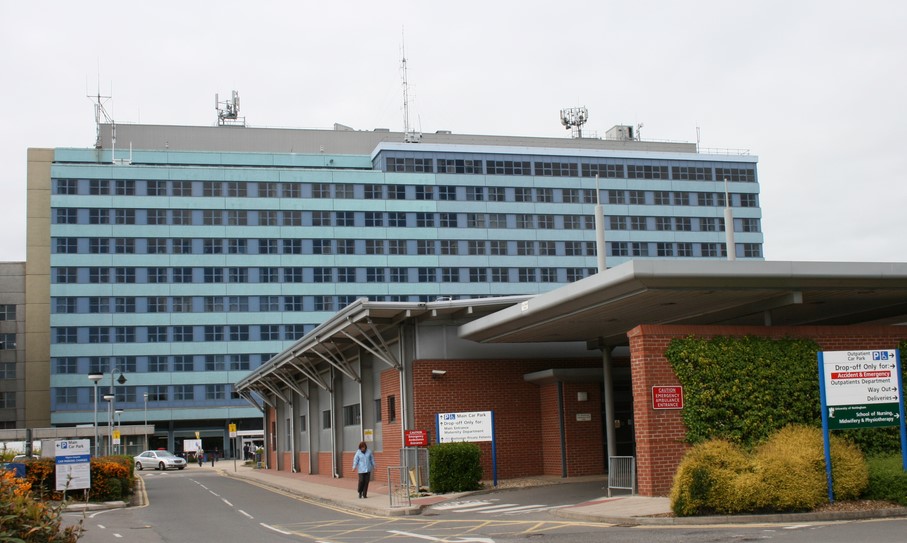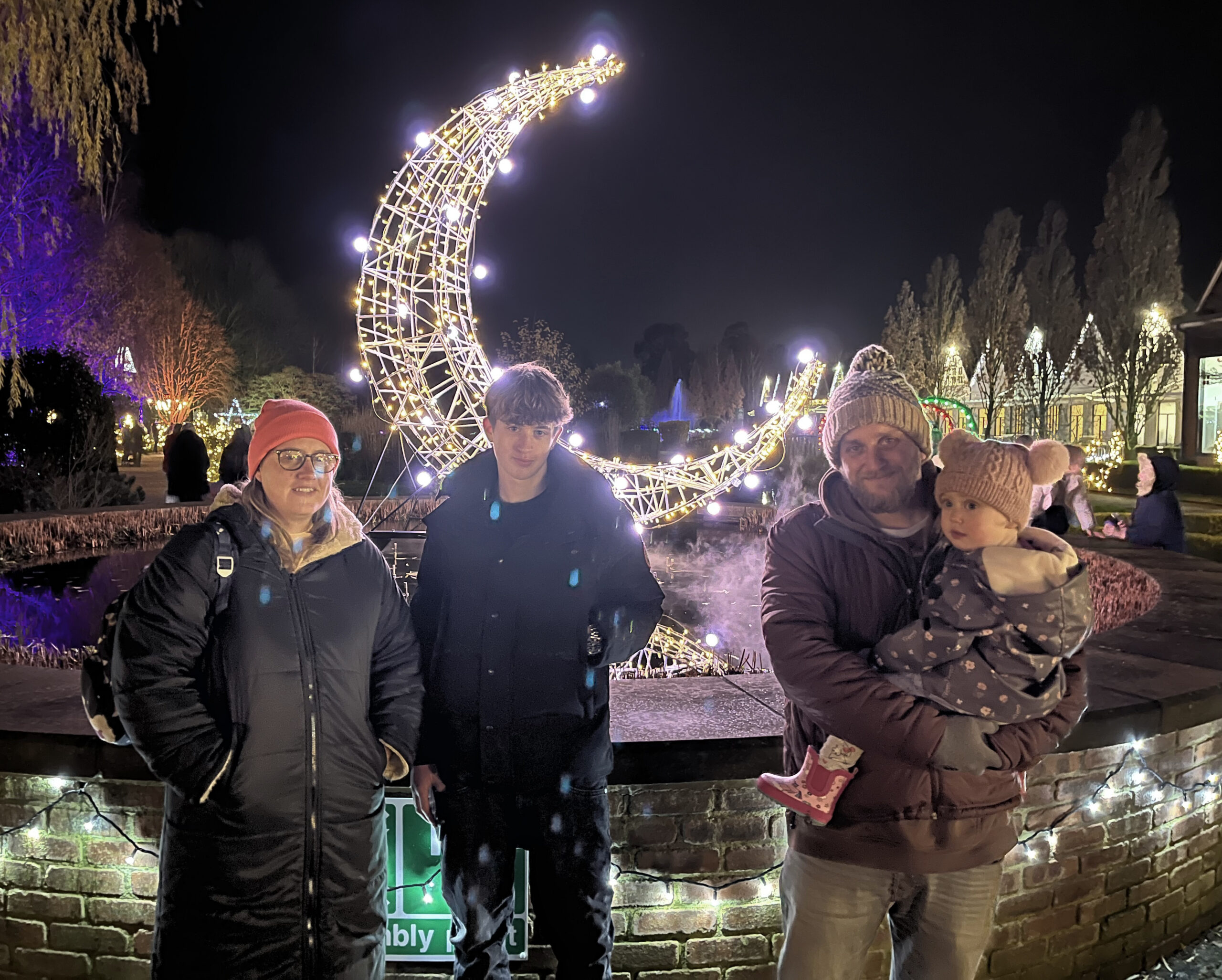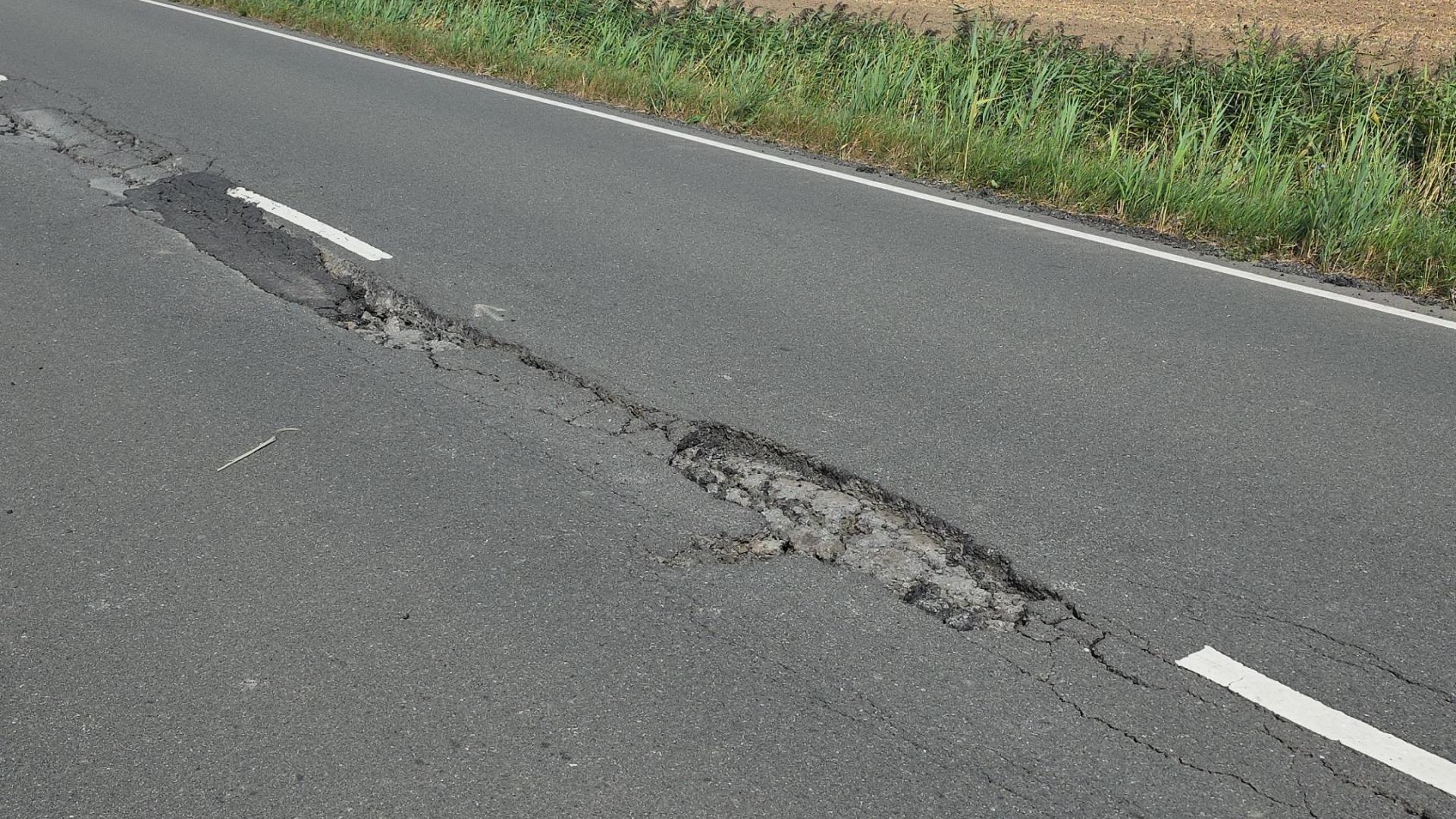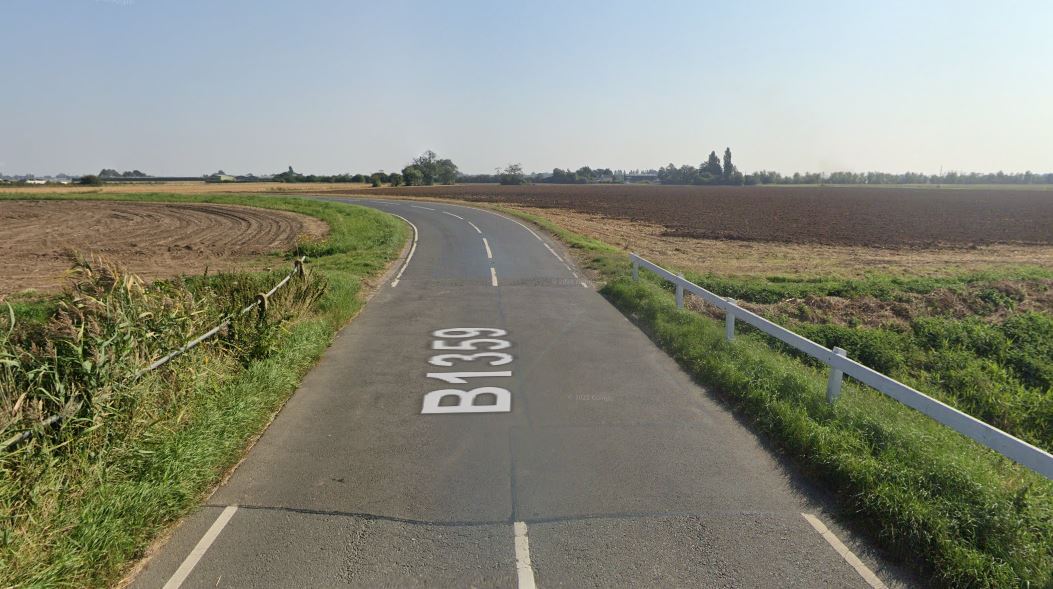Spalding’s war memorial has been upgraded to a Grade I listed building after being recognised as part of a previously unrecognised national collection.
The memorial at Ayscoughfee Gardens commemorates 224 lives lost during the First World War and is one of 44 in towns and villages across the country designed by famous architect Sir Edwin Lutyens.
Lutyens is known as the architect of The Cenotaph in Whitehall and the Western Front war cemeteries.
The Spalding memorial, which includes a Stone of Remembrance, is of Lutyens’ tranquil Tuscan pavilion design and was chosen above five other designs.
It was proposed by Barbara McLaren, wife of Spalding’s MP Francis McLaren, who was killed in a flying accident in 1917. The memorial was unveiled in 1922.
The decision to relist it from Grade II to Grade I was made to coincide with Remembrance Sunday by the department for Culture, Media and Sport on the advice of Historic England.
Spalding’s memorial now joins Lutyens’ Cenotaph in Whitehall and Arch of Remembrance in Leicester as Grade I.
Coun Gary Taylor, South Holland District Council’s portfolio holder for community, said: “The war memorial provides a lasting legacy for those who sacrificed so much.
“We’re delighted that it has secured Grade I listing, meaning that it is better protected and will continue to serve as a poignant reminder for generations to come.”
Roger Bowdler, director of listing at Historic England, said: “Lutyens was a key figure in determining how the dead and missing should be commemorated.
“His designs are admired for the universality of their message.
“His pure architectural forms are mute symbols of grief, the simple inscriptions weighted with sorrow.
“These are enduring memorials, which show the power of classical architecture to convey meaning and dignity.”

